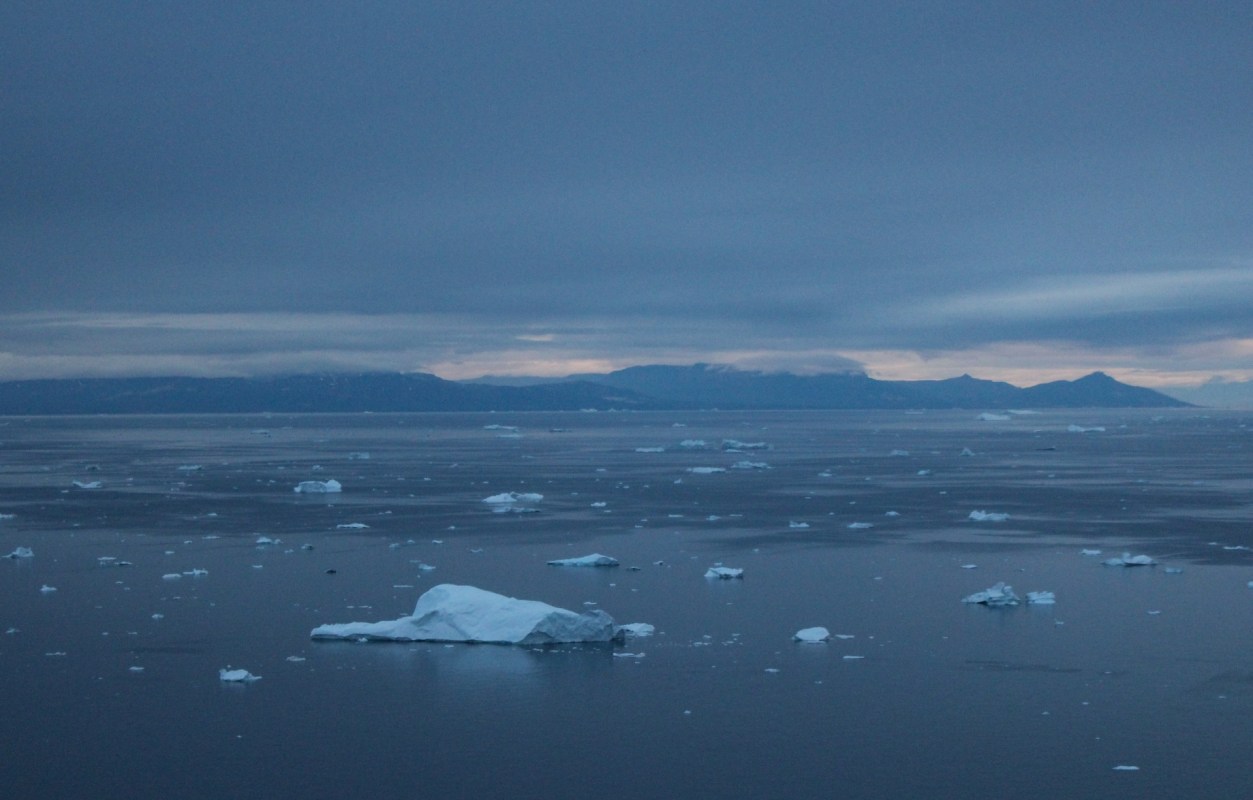Greenland's melting ice is fueling vegetation growth and methane production, according to the Guardian.
What's happening?
As Greenland's ice sheet rapidly melts due to rising global temperatures, it's being replaced by thriving plant life, including wetlands, shrubs, and other vegetation.
A report published in the journal Nature reveals that 11,000 square miles of ice have vanished since the 1980s — an area the size of Albania, as the Guardian summarized.
During that same period, vegetation has more than doubled, now covering 33,774 square miles.
While seeing more greenery might sound like a good thing, there's a catch. The expanding wetlands are a major source of methane, a heat-trapping gas. In fact, methane-emitting wetlands have nearly quadrupled across Greenland in recent decades, per NBC News.
Why is Greenland's melting ice concerning?
Greenland's been heating up at twice the global average rate since the 1970s. From 2007 to 2012, average annual temperatures were a whopping 3 degrees Celsius (5.4 degrees Fahrenheit) warmer than from 1979 to 2000, according to a press release from the University of Leeds.
This accelerated warming is causing Greenland's ice to retreat at an alarming pace.
As Dr. Michael Grimes, the lead author of the Nature report, explained to the Guardian, "These changes are critical, particularly for the Indigenous populations whose traditional subsistence hunting practices rely on the stability of these delicate ecosystems.
"Moreover, the loss of ice mass in Greenland is a substantial contributor to global sea level rise, a trend that poses significant challenges both now and in the future."
As the ice melts, it exposes bare rock, which tundra and shrubs quickly overtake. Meltwater also transports sediment, forming wetlands and fens. These landscape changes, coupled with rising methane production from expanding wetlands, create a feedback loop that leads to further ice loss and "greening."
What's being done about ice melting in Greenland?
Scientists are working hard to understand and address the situation. Researchers have developed a model to predict areas likely to undergo rapid change in the future, allowing for continued close monitoring of the evolving conditions.
On a broader scale, global efforts are underway to reduce methane and limit further warming. Governments and organizations worldwide are investing in clean energy solutions and implementing policies to curb pollution from industries, transportation, and other sources.
As individuals, we can all play a part by making climate-conscious choices in our daily lives. Simple actions like reducing food waste, using energy-efficient appliances, and supporting environmentally friendly businesses have a big impact.
Join our free newsletter for cool news and cool tips that make it easy to help yourself while helping the planet.









